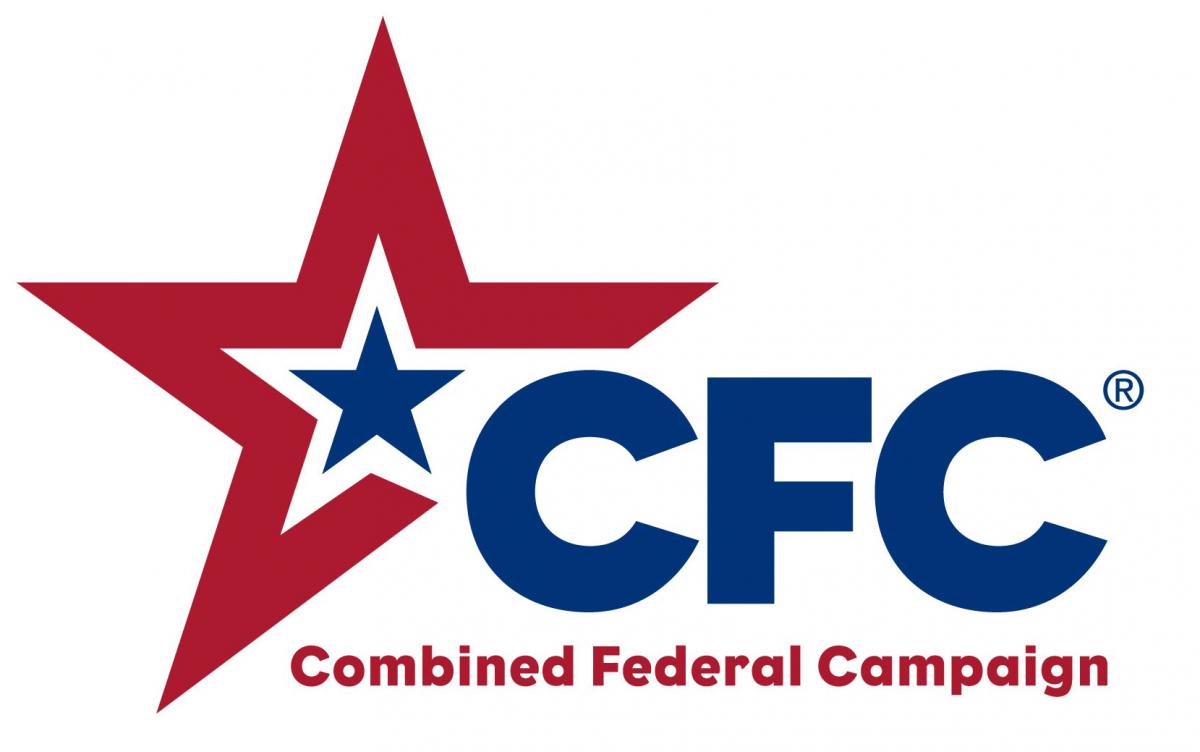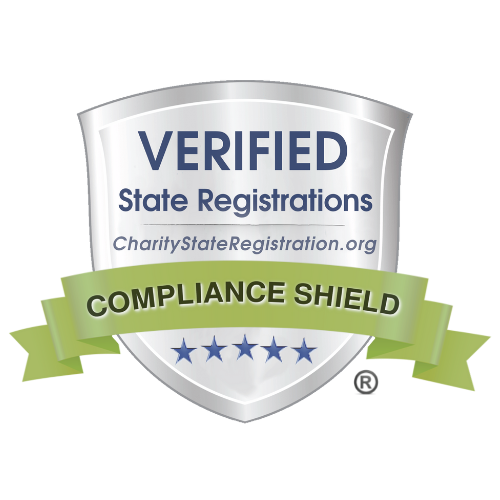This draft informed consent document may be used when assisting individuals for travel.
Resources on Enforcement and Detention
You may search for resources either by title or by month and year.
Last updated on
This draft informed consent document may be used when assisting individuals who may be subject to NTA issuance.
Last updated on
This resource seeks to highlight the key impacts of the new EOIR and BIA memos for LSPs and their clients and offers practical guidance for effective representation in immigration court.
Last updated on
This resource summarizes DHS, DOS, and OMB memos and actions issued since the change in administration that have specific, immediate, and direct impact on the work of LSPs and their clients.
Last updated on
This guide provides information and action steps that an ILS program can take to plan accordingly, successfully navigate both short- and long-term financial obstacles, and avoid rushing to any decision that negatively impacts the ILS program or harms the clients
Last updated on
These letters can be used by legal services providers to reach out to existing clients regarding ICE enforcement efforts. They are available in English and Spanish.
Last updated on
The newly released toolkit is based on best practices and lessons learned from communities conducting rapid responses during ICE raids and arrests
Last updated on
“It is not enough to just say ‘thank you,’” said John. “[The] work that you and your team did for us is beyond simple gratitude. Your help made my family happier, made us sure that tomorrow we will be safe and everything will be all right.” John and his wife fled Russia after he refused to serve in the Russian military and government officials threatened him. Eventually, they made it to the U.S.-Mexico border and sought asylum.
Last updated on
Matter of B-Z-R-, 28 I&N Dec. 563 (A.G. 2022) protects noncitizens by doing away with an unjust rule that prevented adjudicators from considering evidence related to an asylum applicant’s mental illness.
Last updated on
Immigrants can be particularly vulnerable to certain crimes due to many factors, such as the lack of knowledge around U.S. laws, cultural difference, separation from family and friends, language barriers, and fear of being detained and/or deported. The U Visa was created to help build and strengthen community ties with law enforcement so that immigrants are not afraid to come forward and report crimes.
Last updated on
On April 3, 2022, Immigration and Customs Enforcement, or ICE, Principal Legal Advisor Kerry E. Doyle issued a memorandum to all ICE Office of the Principal Legal Advisor, or OPLA, attorneys providing guidance on exercising prosecutorial discretion in removal proceedings (Doyle Memorandum). The Doyle Memorandum outlines procedures for OPLA attorneys to follow in designating cases priorities or non-priorities. For non-priority cases, OPLA attorneys are encouraged to cancel Notices to Appear or dismiss active proceedings whenever possible.
Last updated on
To tamp down on unconstitutional racial profiling in immigration enforcement, the Castañon Nava settlement requires ICE to implement a nationwide policy regarding vehicle stops and collateral arrests
Last updated on
Department of Homeland Security Secretary Alejandro N. Mayorkas issued immigration enforcement guidelines on Sept. 30, 2021. The guidance retains, with some changes in scope, the enforcement categories previously articulated by the Biden administration of public safety, national security and border security. Rather than prescribe general categories of noncitizens who should be protected from enforcement, the guidance leaves it to individual officers’ discretion to make case-by-case determinations balancing aggravating and mitigating factors.
Last updated on
On May 27, 2021, Immigration and Customs Enforcement, or ICE, Principal Legal Advisor John D. Trasviña issued a memo to ICE Office of the Principal Legal Advisor, or OPLA, attorneys providing interim guidance on exercising prosecutorial discretion in removal proceedings. The memo encourages OPLA attorneys to focus agency resources on cases that fall within one of three priority categories, and to exercise prosecutorial discretion in non-priority cases.
Last updated on
In January 2017, the University of Maryland Carey School of Law Immigration Clinic, Maryland Immigrant Rights Coalition’s, or MIRC, and CLINIC commenced a bond observation project at the Baltimore Immigration Court with the goal of learning if and how immigration judge practices and decisions evolved under the Trump Administration. This report represents a localized, quantitative perspective on those changes and includes analysis of the first set of these observations, collected from Jan. 24, 2017, to Aug. 21, 2017.
Last updated on
This complaint documents the government’s systematic failure to provide adequate medical care to children in CBP custody in violation of CBP’s own internal guidance and extensive medical guidelines.
Last updated on
Stanford Law School Immigrants’ Rights Clinic, University of California Davis School of Law Immigration Law Clinic, and CLINIC’s Defending Vulnerable Populations Program collaborated on this factsheet summarizing how foreign nationals who have bonded out of ICE detention may reclaim their immigration bond money. This factsheet is based off of CLINIC’s article, “Immigration Bond: How to Get Your Money Back.”
Last updated on
Como el Servicio de Inmigración y Aduanas (ICE, por su sigla inglés) del Departamento de Seguridad Interna (DHS, por su sigla inglés) sigue a hacer cumplir las leyes de inmigración y un creciente número de inmigrantes están sujetos a detención, los defensores no solo tienen que representar a sus clientes en procedimientos de fianza, pero también tienen que asistirlos a recuperar la fianza.
Last updated on
BIA issued three precedential decisions in 2025 that severely limit circumstances in which detained individuals are eligible for bond, the most devastating of which prevents immigration judges (IJs) from granting bond to any individual who entered without inspection.





